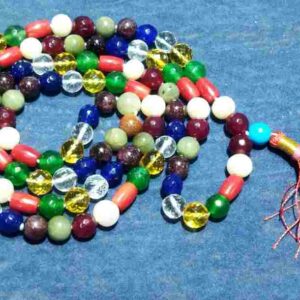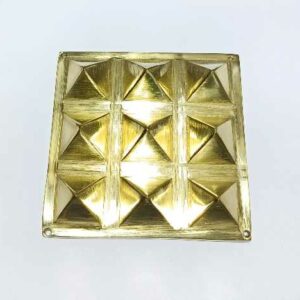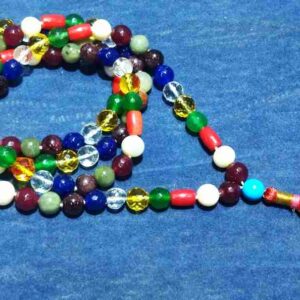- Home
- Spiritual
- Rudraksha Beads
- 1 MUKHI RUDRAKSHA
- 2 MUKHI RUDRAKSHA
- 3 MUKHI RUDRAKSHA
- 4 MUKHI RUDRAKSHA
- 5 MUKHI RUDRAKSHA
- 6 MUKHI RUDRAKSHA
- 7 MUKHI RUDRAKSHA
- 8 MUKHI RUDRAKSHA
- 9 MUKHI RUDRAKSHA
- 10 MUKHI RUDRAKSHA
- 11 MUKHI RUDRAKSHA
- 12 MUKHI RUDRAKSHA
- 13 MUKHI RUDRAKSHA
- 14 MUKHI RUDRAKSHA
- 15 MUKHI RUDRAKSHA
- 16 MUKHI RUDRAKSHA
- 17 MUKHI RUDRAKSHA
- GANESH RUDRAKSHA
- GAURI SHANKAR RUDRAKSHA
- SAWAAR RUDRAKSHA
- Combination of Rudraksha
- God Idols
- Fashion Wear
- Gem Stones
- Fragrance
+91 7303737589
|



